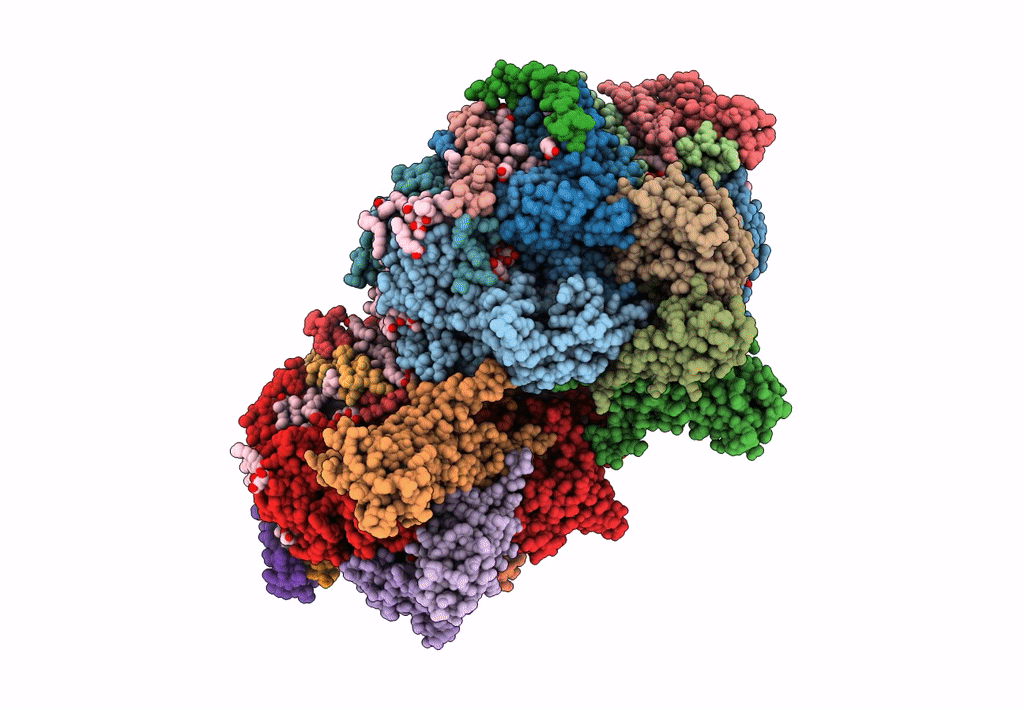
Deposition Date
2022-11-10
Release Date
2023-03-22
Last Version Date
2024-11-06
Entry Detail
PDB ID:
8F4C
Keywords:
Title:
RT XFEL structure of the two-flash state of Photosystem II (2F, S3-rich) at 2.00 Angstrom resolution
Biological Source:
Source Organism:
Thermosynechococcus vestitus BP-1 (Taxon ID: 197221)
Method Details:
Experimental Method:
Resolution:
2.00 Å
R-Value Free:
0.22
R-Value Work:
0.17
R-Value Observed:
0.18
Space Group:
P 21 21 21


